I try more high-quality Hahnemühle paper; see how it fares in our Hahnemühle paper review, part 2!
posted Wednesday, April 6, 2016 at 6:59 AM EST
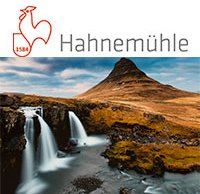
After reviewing six types of Hahnemühle paper back in January, they sent me six more papers to try out and review. This time, I was sent 11" x 17" sheets of Torchon, German Etching, Bamboo, Photo Rag Duo, Photo Rag Bright White, and Photo Rag Baryta paper.
All of the papers I tested were good, but there were definitely some standouts and certain papers had characteristics that, in my opinion, make them less suitable for certain applications. Like previous Hahnemühle papers that I have experience with, this set of paper is all archival quality.
Torchon fine art paper
The first paper I will be discussing is the Torchon fine art paper. According to Hahnemühle, "The term 'torchon' is taken from the French and means 'coarse structure.'" They're not joking, this paper is heavily textured. This matte paper is considered a "watercolor" paper, so it has a distinct look and feel.
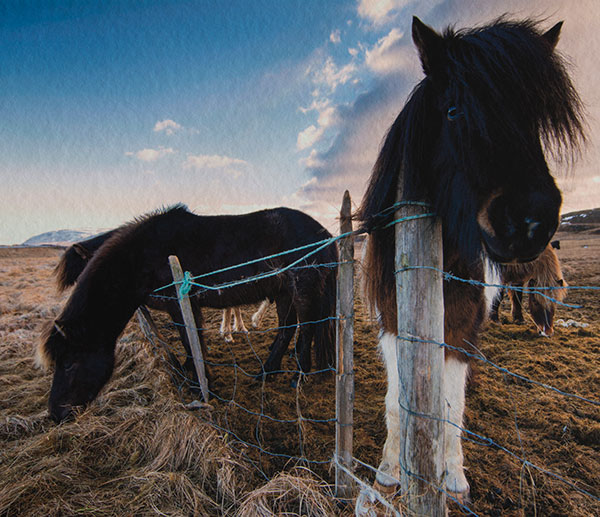
With a weight of 285 gsm, a 0.5mm thickness, and a 96% whiteness rating, this is a moderately thick and very white paper. It is acid free but does have moderate optical brightening agents (OBA) content. I like the feel of the paper a lot and it does produce good results, however its strong texture means that it might not work well for every photographic application.
While its texture is one of its distinguishing features, it is also perhaps its greatest weakness because it can be distracting. With that said, it handles colors well and produces very deep black levels. The paper doesn't handle magenta to violet transitions as well as some of the other papers I tested, but that is a pretty rare hue transition to have to deal with, so in most images this would not be a major concern.
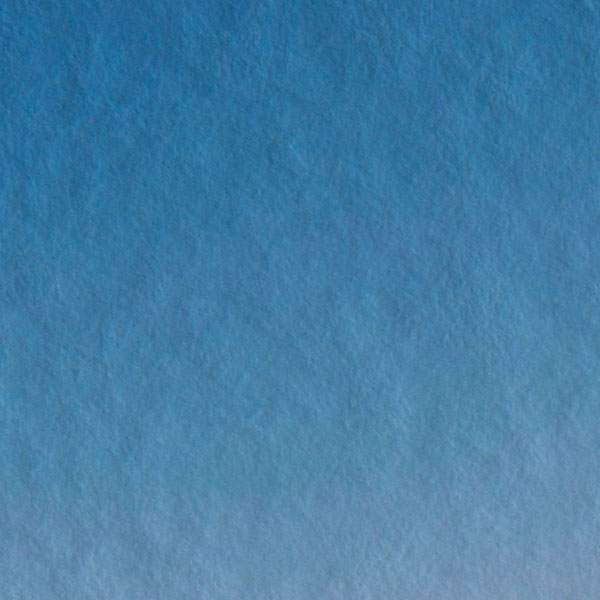
Overall, this is a great watercolor paper that should work really well for certain applications, particularly when printing photos that are rich in fine detail.
German Etching paper
Another heavily-textured paper is German Etching paper. This paper is reminiscent of the paper found in a sketchpad. Like the Torchon paper, its texture is very distinct. However, the texture is much more fine-grained than the Torchon paper, which I think makes the German Etching paper lend itself better to a wider variety of photographic applications because it is less distracting, particularly in soft areas of an image.
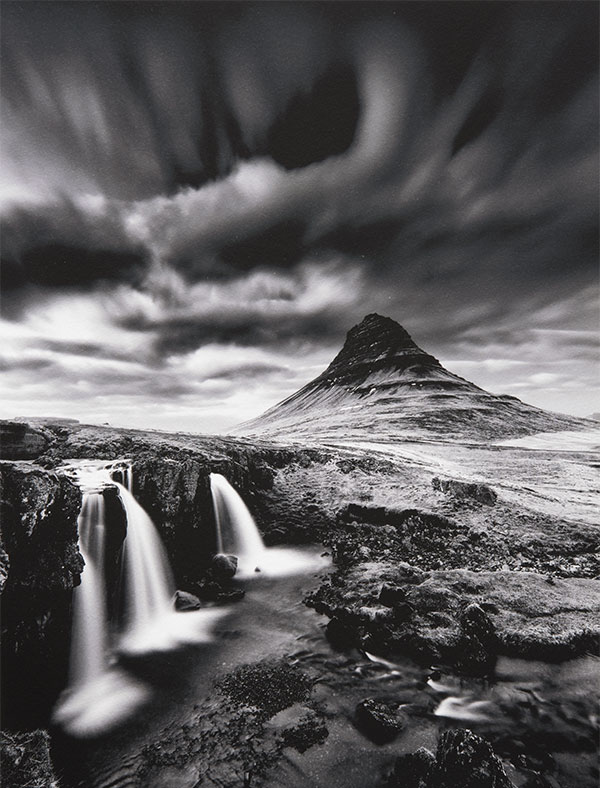
Black levels are very impressive with the German Etching paper and color rendition is excellent too. It's a pretty heavy paper, weighing in at 310 gsm. It's 0.5mm thick and has a whiteness rating of 91.5%. The paper is considered "natural white," but does have some OBA content (rated by Hahnemühle as a "very low" amount).
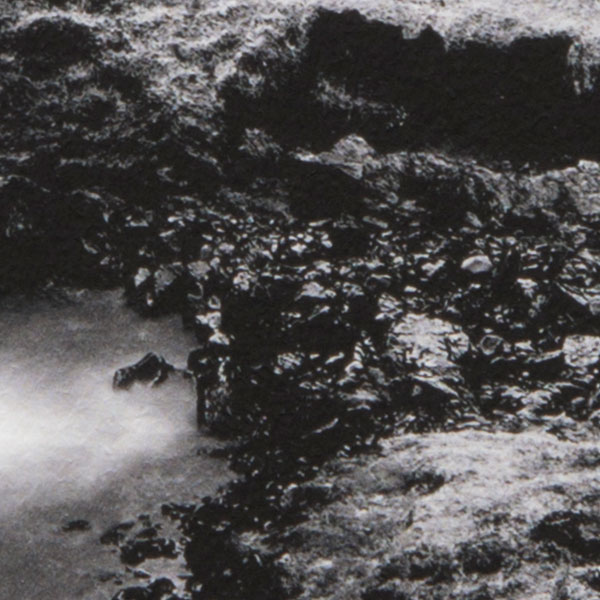
This mould-made 100% alpha-cellulose paper is fine art through and through. It not only looks and feels like genuine artistic paper, but also delivers high-quality results.
Natural White Matte Bamboo paper
The natural white matte bamboo paper is the "world's first digital fine art inkjet paper made from bamboo fibers." This paper's composition is 90% bamboo fiber and 10% cotton, which gives it a distinct look and feel. The paper weighs 290 gsm and is 0.5mm thick. Its whiteness rating is 83% and has no OBA content.
I really like the paper's warmth and texture. It renders both color and monochrome images very well and gives them a nice tone. The paper is relatively dark, however, so you might need to prepare files slightly different for printing on bamboo paper.
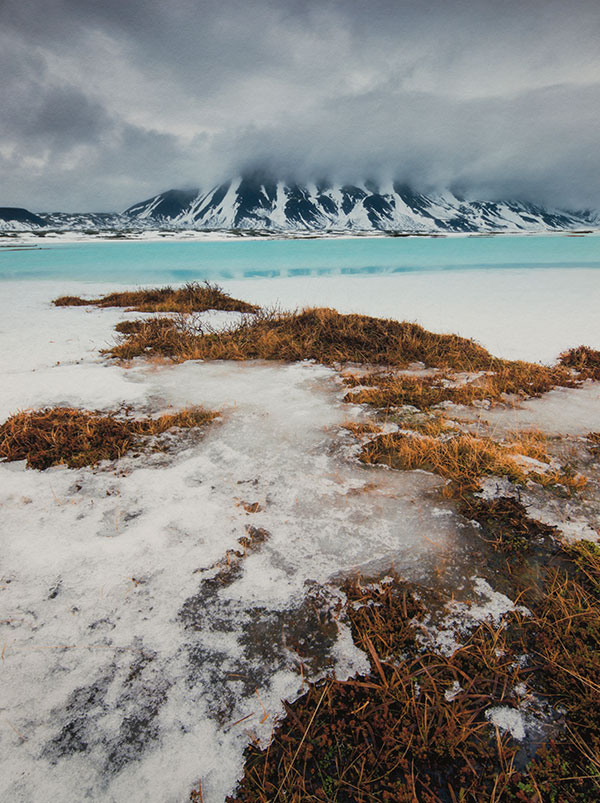
Photo Rag Duo paper
Now for the first of three Photo Rag papers I tested, Photo Rag Duo. The term "Duo" comes from this paper being printable on both sides, which makes it particularly well-suited for albums and portfolios. The paper weighs 276 gsm, is 0.45mm thick, has "very low" OBA content, 92.5% whiteness, and a smooth matte finish.
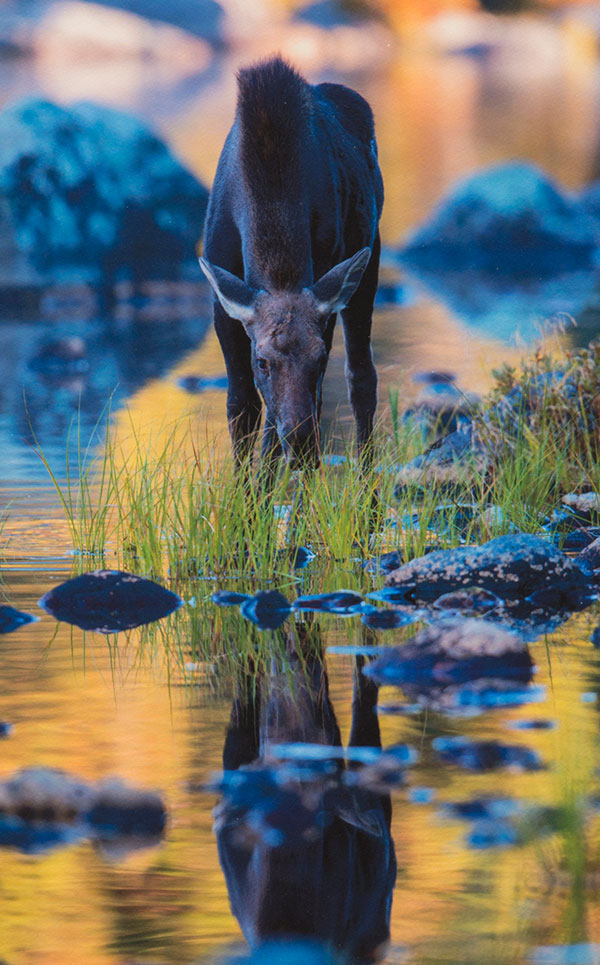
This is a very good smooth matte paper that produces great results. Black levels are very deep and it handles the entire spectrum of colors well with a good neutral tone. One aspect of the paper that somewhat underwhelmed me slightly was how it handled transitions from black (or a dark color) to a lighter tone. These transitions were not handled as smoothly as I would like.
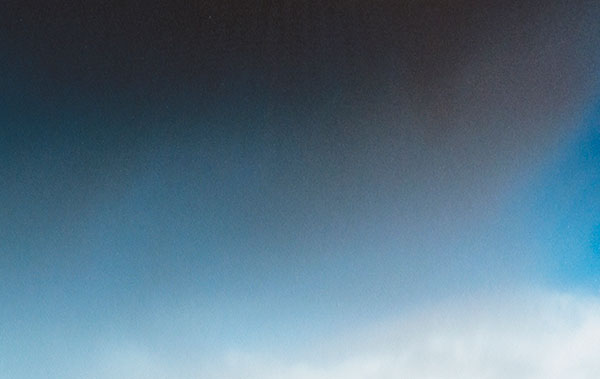
Photo Rag Bright White paper
For an even brighter white Photo Rag paper, you can't beat Photo Rag Bright White with its 99.5% whiteness rating. This brightness of course comes with moderate OBA content. The 310 gsm smooth matte fine art paper is slightly thicker than the Photo Rag Duo as well at 0.5mm thick.
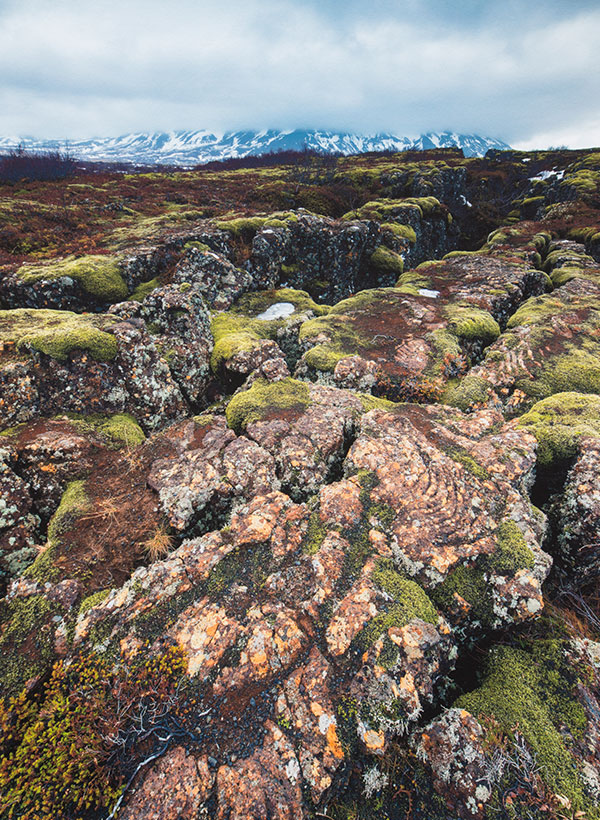
I thought that the Bright White paper handled images slightly better than the Photo Rag Duo paper, particularly with regard to transitions from dark to light areas. Other than that, the Bright White paper is essentially just a brighter Photo Rag paper with slightly more weight to it.
Photo Rag Baryta paper
The only glossy-finish paper I tested this time around is the Photo Rag Baryta paper. This was my favorite paper in the group to work with and my favorite Hahnemühle paper that I've used. It is a fantastic glossy paper that does a great job achieving the best of both worlds, the pop of glossy paper and the consistent appearance of a matte paper.
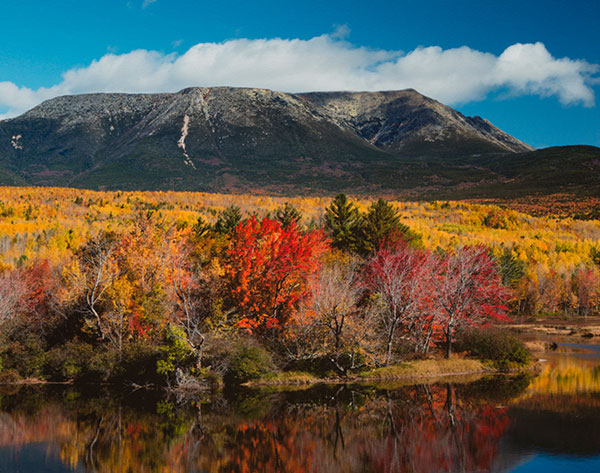
Photo Rag Baryta is 100% cotton, has a weight of 315 gsm, and is 0.43mm thick. It is moderately white at 91% and has an opacity of 97%. The paper contains no OBA content whatsoever, but it does contain barium sulphate.
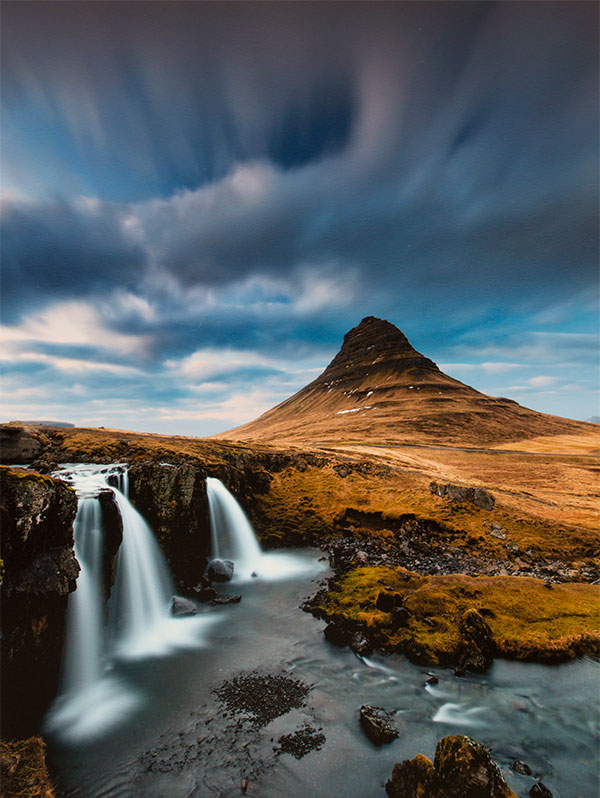
What I really like about this paper is that it has a very consistent glossy finish with a subtle texture. The glossiness brings out the best in an image without going overboard and producing distracting glare under normal lighting conditions. Colors really pop from this paper and the blacks are very deep.
Overall, as was the case with the first group of Hahnemühle papers I tested, the results are strong across the board. Each of the matte papers have subtle differences and they possess qualities that one photographer might love while another photographer might not like at all.
Paper selection is very personal and subjective. With that said, if I wanted to print a color image on matte paper using one of the above papers, I would select Photo Rag Bright White. If I wanted to print a black and white image on one of the above matte papers, I'd opt for German Etching. If I wanted a glossy image, I'd put Photo Rag Baryta up against any paper I've used and I am confident that it would hold its own.
Hahnemuhle Paper
(Note: All images of prints were captured using a Nikon D800E and Nikon 60mm f/2.8G macro lens. RAW files were converted using default settings in Adobe Camera RAW and white balance settings were normalized. +2/3 EV of exposure compensation was used to make the images approximately similar in brightness to how the prints look to my eyes in natural lighting. Print quality is ultimately subjective, and it is difficult to match an image of a print with seeing a print in person.)